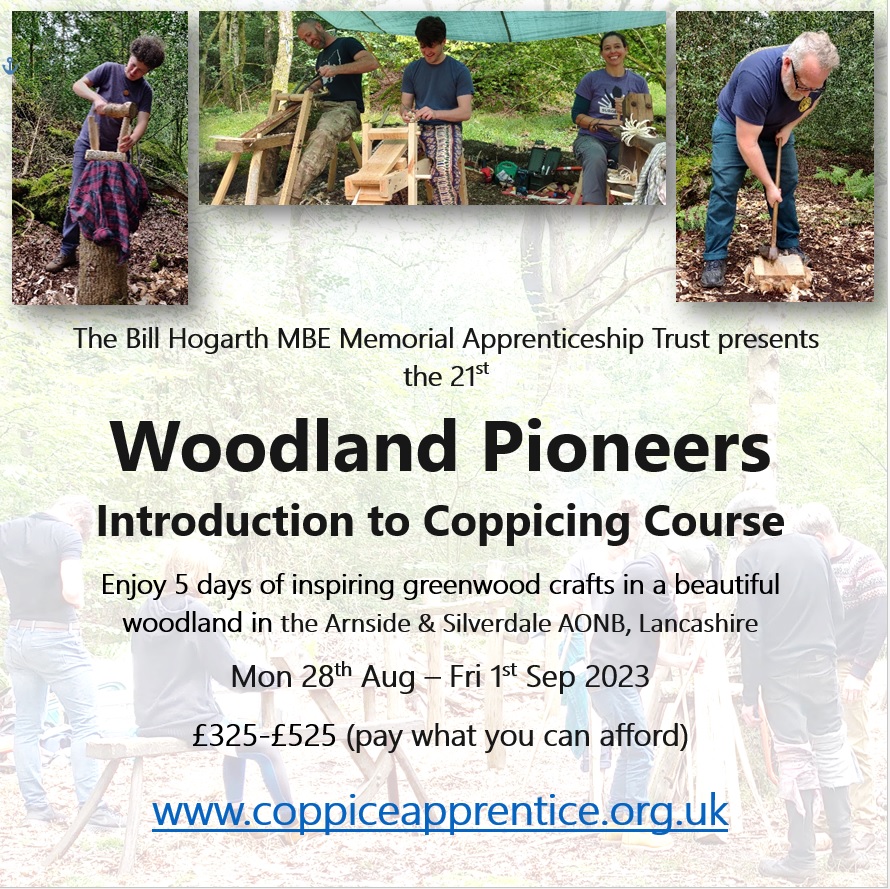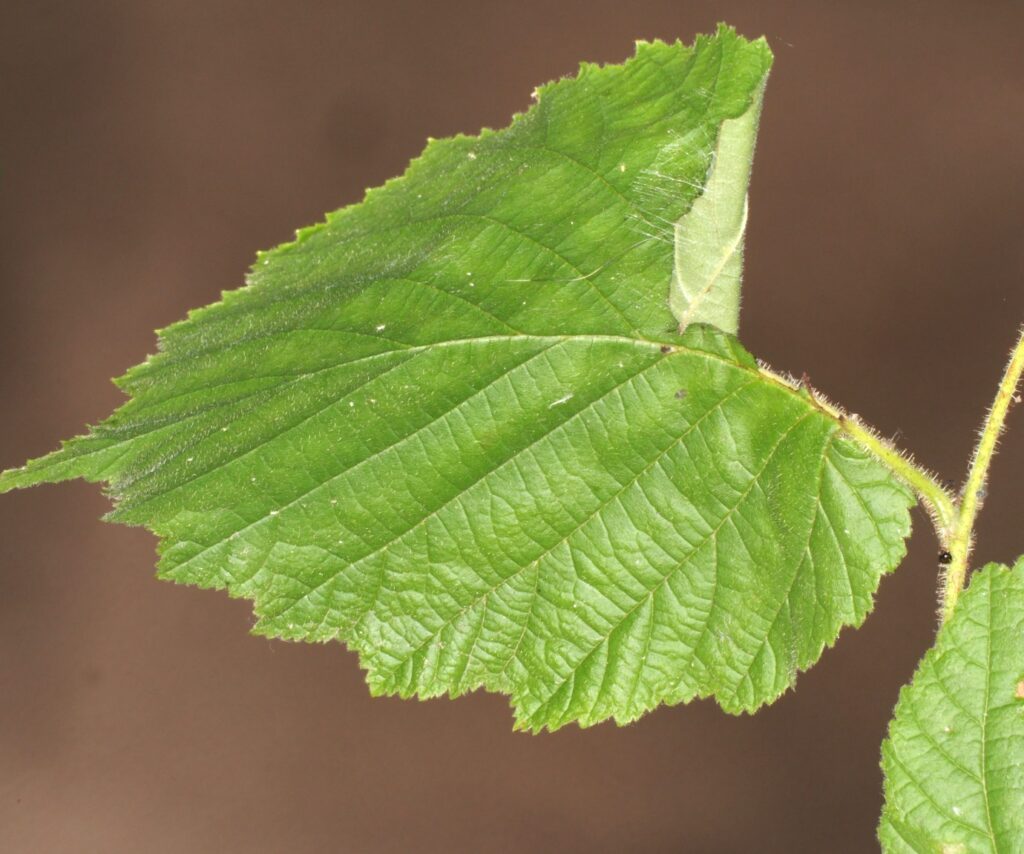Bookings are now being taken for BHMAT’s Woodland Pioneers, which runs from Monday 28th August – Friday 1st September in Silverdale.

More info can be found on the BHMAT website: http://www.coppiceapprentice.org.uk/pioneersbook.php

Bookings are now being taken for BHMAT’s Woodland Pioneers, which runs from Monday 28th August – Friday 1st September in Silverdale.

More info can be found on the BHMAT website: http://www.coppiceapprentice.org.uk/pioneersbook.php

There will be a work day at Moss & Height Springs Wood, Bouth, on 19th June (Monday). The day is organised by BHMAT & all CANW members are invited.
Please drop Twiggy a line if you intend to come ([email protected])
The task will be peeling oak trees, possibly one of the most satisfying things one can do on a summer’s day. If you don’t believe me just watch this with the sound on: https://youtu.be/-bdcXtBK5kw
The bark goes to the last remaining oak bark tannery in the UK (JFJ Baker) with proceeds donated to BHMAT.
If you’re interested in the process of oak bark leather tanning, see here: https://www.jfjbaker.co.uk/the-process
If you haven’t been to one of these events it’s generally a great chance to hang out with some woodspeople & learn loads of stuff…
Please see below from Ben Hargreaves at Lancashire Wildlife Trust. Please report any sightings of this insect / leaf rolls that might match the picture below directly to Ben.

I’ve been contracted by The Tanyptera Trust (Liverpool Museum) to search Lancashire (Morecambe Bay has the only Lancs record – from Warton Crag), for the nationally rare Pamphilius fumipennis – https://www.sawflies.org.uk/pamphilius-fumipennis/ – which has an enigmatic (predominantly southern) distribution in England and Wales. It is associated with Hazel in England and Wales but will apparently use Grey Alder Alnus incana preferentially in other European countries (though according to more recent literature it is limited to France, Belgium, Netherlands, Denmark, Urals, Ukraine, Austria, Norway, Latvia, Czech Republic and Finland outside the UK). There seems to be little known about it’s autecology, though it is perhaps not surprising that such a rare insect is confined to Morecambe Bay in Lancashire, given the significant number of nationally or regionally notable / restricted species. If there is any affinity with limestone geology I will try and find out, although this could simply be a relict species or one that “likes” the unique microclimate and habitats of Morecambe Bay.
It will likely be easiest to search some coppiced areas both for the leaf rolls and the adult insects (esp. if either are present lower down or the adults fly into the canopy).
If anyone has seen any leaf curls / larvae and/or adults that resemble the attached, or link to the UK Sawflies species account then I’d be v. grateful for details if the site is accessible, or arrangements can be made for access. Likely spots where I’d be looking anyway are the Yealand Hall Allotments area / complex, Gait Barrows, Eaves Wood, Warton Crag and of course – possibly ideally – coppice areas with anything up to 10-foot regrowth (strictly within Lancashire – I cannot stray into Cumbria!).
The flight period of the adult is May to June, but quite a few insects (esp. Hymenoptera) seem to be a bit slow off the mark this year so both the leaf rolls containing the larvae and adults could be found past this point in theory.
Could I ask if anyone in the Coppice Association has a map layer that might show coppiced areas that could be shared and suggest areas to be visited? If the species is as rare as records suggests, it could be a bit of a needle in a haystack…..or it could in fact be thriving in certain areas…..difficult to tell until the searching begins.
I checked a large area around Whalley / Cronshaw / Billington (on the edge of the Clitheroe limestone area) on Monday with no results and I will likely check the more predominant limestone areas of Clitheroe / Chatburn / Downham etc as well, just in case there is a population around there (not sure if areas around here are coppiced?).
Yours sincerely,
Ben Hargreaves,
Invertebrate Projects Officer,
Lancashire Wildlife Trust.

There is a budget for demos depending on what people want to do. Contact Julia (see image for number!)
Download the Spring/Summer edition at News – National Coppice Federation (ncfed.org.uk) or you can go straight to it here. It’s a great read – full of coppice and woodland related information, views, reviews and news. Written by members for members.